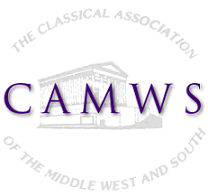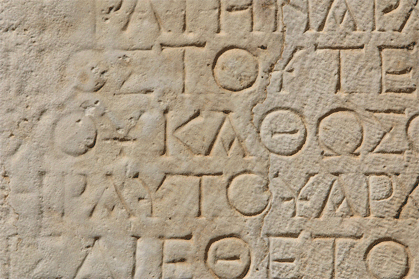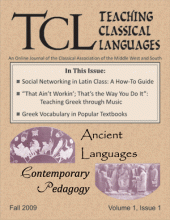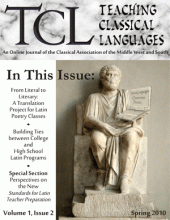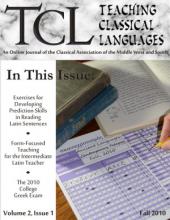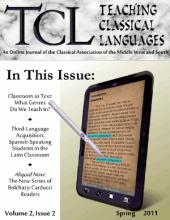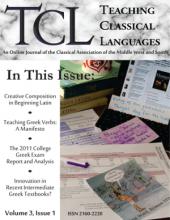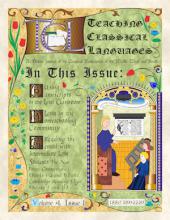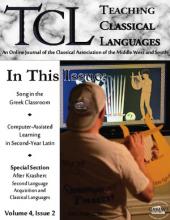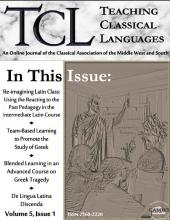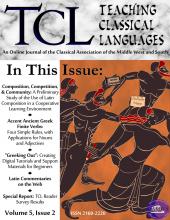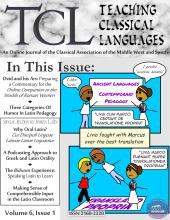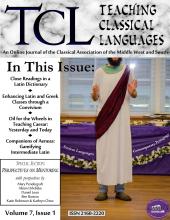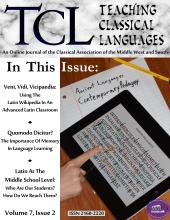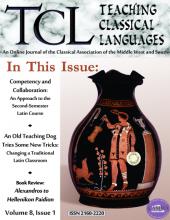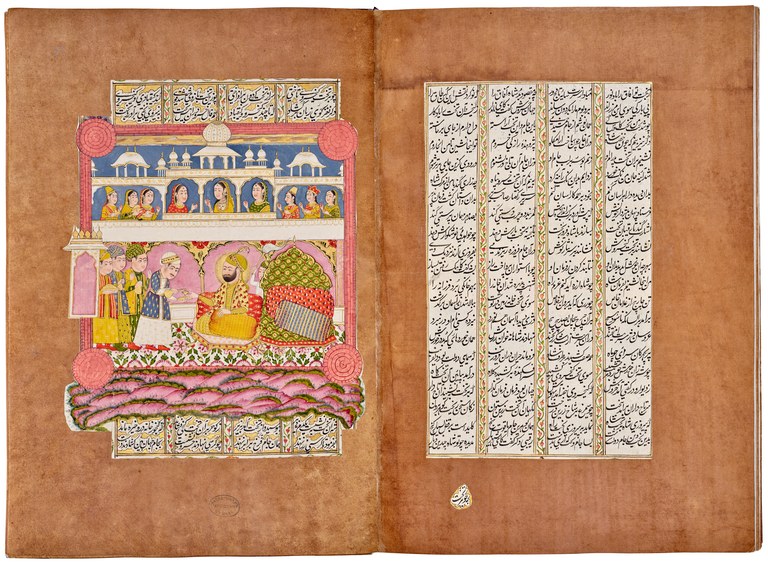|
| Grimal (Nicolas) | Jean Leclant (1920-2011). | p. 1-6 | 0.23 Mb | BIFAO112_art_01.pdf |
| Valbelle (Dominique) | Paul Barguet (1915-2012). | p. 7-10 | 0.16 Mb | BIFAO112_art_02.pdf |
| Tallet (Pierre) | Michel Baud (1963-2012). | p. 11-18 | 0.24 Mb | BIFAO112_art_03.pdf |
| Ashour (Sobhi) | An Unpublished Granite Statue of Diskophoros Ephébos in Cairo. | p. 19-56 | 1.2 Mb | BIFAO112_art_04.pdf |
| Bonnet (Charles) | Les grands monuments égyptiens et nubiens du début de la XVIIIe dynastie sur le site de Doukki Gel (Kerma). | p. 57-76 | 2.8 Mb | BIFAO112_art_05.pdf |
| Brovarski (Edward) | Studies in Egyptian Lexicography III : CG 20506 and the Word for “Bed Canopy”. | p. 77-96 | 1 Mb | BIFAO112_art_06.pdf |
| Cuvigny (Hélène) | « Quand Hèroïs aura accouché… » ἐάν = ὅταν dans l’expression de l’éventuel. | p. 97-100 | 0.2 Mb | BIFAO112_art_07.pdf |
| Delattre (Alain) | Trois papyrus du monastère de Baouît. | p. 101-110 | 0.38 Mb | BIFAO112_art_08.pdf |
| Dhennin (Sylvain) | Djekâper et Nikiou, anciennes métropoles sur le territoire de la Minūfīya. | p. 111-128 | 0.9 Mb | BIFAO112_art_09.pdf |
| El-Enany (Khaled) | Une statuette sistrophore d’Atfih. | p. 129-138 | 0.54 Mb | BIFAO112_art_10.pdf |
| Elmaghrabi (Mohamed Gaber) | Two Letters Exchanged between the Roman Forts of Dios and Xeron (Eastern Desert of Egypt) concerning a mulokopion. | p. 139-146 | 0.43 Mb | BIFAO112_art_11.pdf |
| Faucher (Thomas), Fischer-Bossert (Wolfgang), Dhennin (Sylvain) | Les monnaies en or aux types hiéroglyphiques nwb nfr. | p. 147-170 | 0.52 Mb | BIFAO112_art_12.pdf |
| Gamelin (Thomas) | Un assemblage décoratif pour une construction théologique dans la chapelle de Méhyt à Edfou. | p. 171-190 | 1 Mb | BIFAO112_art_13.pdf |
| Gräzer Ohara (Aude) | Le palais des monts sur un bloc de remploi de Karnak : marou d’Amon et/ou complexe jubilaire d’Amenhotep III à Malqata ? | p. 191-214 | 1.7 Mb | BIFAO112_art_14.pdf |
| Koleva-Ivanov (Elka) | Osiris et les briques sacrées. | p. 215-224 | 0.26 Mb | BIFAO112_art_15.pdf |
| Lorand (David) | Un scribe sur les lieux de l’Histoire. À propos de l’ostracon MMA 32.1.119 et de la fréquentation des pyramides de Licht à la XIXe dynastie. | p. 225-242 | 0.53 Mb | BIFAO112_art_16.pdf |
| Mekis (Tamás) | The Cartonnage of Nestanetjeretten (Louvre AF 12859; MG E 1082) and its Enigma. | p. 243-274 | 1.8 Mb | BIFAO112_art_17.pdf |
| Mougenot (Frédéric) | Metchetchi en famille sur le linteau 93.32.3 du Chrysler Museum of Art de Norfolk. | p. 275-290 | 0.54 Mb | BIFAO112_art_18.pdf |
| Pantalacci (Laure), Lesur (Joséphine) | Élevage et consommation de viande à Balat (oasis de Dakhla). Fin de l’Ancien Empire-Première Période intermédiaire. | p. 291-316 | 1 Mb | BIFAO112_art_19.pdf |
| Qahéri (Sépideh) | Fragments de vaisselle inscrite en égyptien conservés au Musée national d’Iran (Irân-e-Bâstân) – Téhéran. | p. 317-348 | 1.4 Mb | BIFAO112_art_20.pdf |
| Saragoza (Florence) | La « maison à double-carré » de Médamoud et les sanctuaires isiaques d’Égypte. | p. 349-370 | 0.65 Mb | BIFAO112_art_21.pdf |
| Shalaby (Noha) | A Headless Block Statuette of the XXVIth Dynasty (CGC 941). | p. 371-380 | 0.71 Mb | BIFAO112_art_22.pdf |
| Tallet (Pierre), Laisney (Damien) | Iry-Hor et Narmer au Sud-Sinaï (Ouadi ‘Ameyra). Un complément à la chronologie des expéditions minières égyptiennes. | p. 381-398 | 1.3 Mb | BIFAO112_art_23.pdf |
| Tallet (Pierre), Marouard (Grégory), Laisney (Damien) | Un port de la IVe dynastie au Ouadi al-Jarf (mer Rouge). | p. 399-446 | 4.1 Mb | BIFAO112_art_24.pdf |
| Valbelle (Dominique) | Comment les Égyptiens du début de la XVIIIe dynastie désignaient les Kouchites et leurs alliés. | p. 447-464 | 1.1 Mb | BIFAO112_art_25.pdf |




